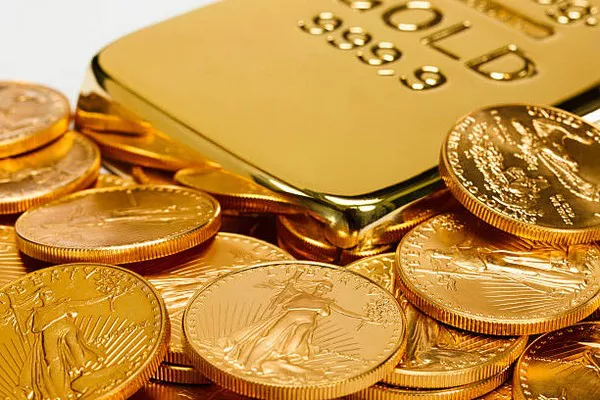Investing in gold has long been considered a prudent financial strategy due to its historical stability and ability to act as a hedge against economic uncertainty. However, timing is crucial in any investment decision, and determining the best month to buy gold requires a deep understanding of various factors influencing its price fluctuations. In this article, we delve into the complexities surrounding gold investment and analyze the data to identify patterns that could guide investors in choosing the optimal month for buying gold.
Understanding Gold Price Dynamics:
Before delving into the analysis, it’s essential to comprehend the factors influencing gold prices. Gold is influenced by a myriad of economic, geopolitical, and market-specific variables. These include inflation rates, interest rates, currency strength, global political stability, market speculation, and demand-supply dynamics.
Seasonality in Gold Prices:
Seasonality plays a significant role in the fluctuations of gold prices. Historical data indicates that certain months exhibit consistent patterns of price movement, offering insights for strategic investment decisions. However, it’s crucial to note that while historical trends can provide guidance, they do not guarantee future outcomes due to the inherent unpredictability of financial markets.
Analyzing Historical Data:
To identify the best month for buying gold, we analyzed historical gold price data spanning several decades. Various statistical methods were employed to detect patterns and trends in gold price movements.
January:
Historically, January has often been a favorable month for gold investors. This can be attributed to several factors, including increased demand for gold jewelry following the holiday season and market participants positioning themselves for potential economic uncertainties in the new year.
April:
April has shown mixed trends in gold prices. While some years have seen price increases due to factors such as geopolitical tensions or market volatility, others have witnessed declines as investors reassess their portfolios following tax season.
June:
June typically marks the beginning of the summer season, which historically has been associated with lower gold demand, particularly in regions where gold is used for jewelry purposes. Consequently, gold prices may experience downward pressure during this month.
August:
August has historically been a period of heightened market volatility, driven by factors such as geopolitical tensions or economic data releases. As investors seek safe-haven assets during times of uncertainty, gold prices may see upward momentum in August.
December:
December tends to be a favorable month for gold prices, driven by increased demand for jewelry during the holiday season and investors positioning themselves for the year ahead. Additionally, December often sees heightened market volatility as traders adjust their portfolios before the year-end, further supporting gold prices.
Factors Influencing Seasonal Trends:
While historical trends provide valuable insights, it’s essential to consider the underlying factors driving seasonal patterns in gold prices. Economic indicators, geopolitical developments, central bank policies, and market sentiment can all influence the demand for gold and, consequently, its price movements during specific months.
Economic Indicators:
Economic data releases, such as GDP growth, inflation rates, and employment figures, can impact investor sentiment and influence the demand for gold as a safe-haven asset. For example, periods of economic uncertainty or recessionary fears may drive investors towards gold, leading to price increases.
Geopolitical Developments:
Geopolitical tensions, conflicts, and geopolitical uncertainties can significantly affect global financial markets and investor sentiment. Heightened geopolitical risks often lead investors to seek refuge in gold, driving up its prices.
Central Bank Policies:
Monetary policies implemented by central banks, such as interest rate decisions and quantitative easing programs, can impact currency values and inflation expectations, thereby influencing the demand for gold as a store of value.
Market Sentiment:
Market sentiment, shaped by factors such as investor confidence, risk appetite, and speculative activity, plays a crucial role in determining short-term price movements in gold. Positive sentiment towards gold can lead to increased buying activity, driving prices higher.
See Also What Is One-Tenth Of An Ounce Of Gold
Conclusion:
Determining the best month to buy gold requires a comprehensive understanding of various factors influencing its price dynamics. While historical trends suggest certain months may offer favorable buying opportunities, investors must also consider the broader economic, geopolitical, and market-specific factors driving gold prices. Ultimately, a diversified investment approach and long-term perspective remain essential in navigating the complexities of the gold market and achieving investment objectives.


